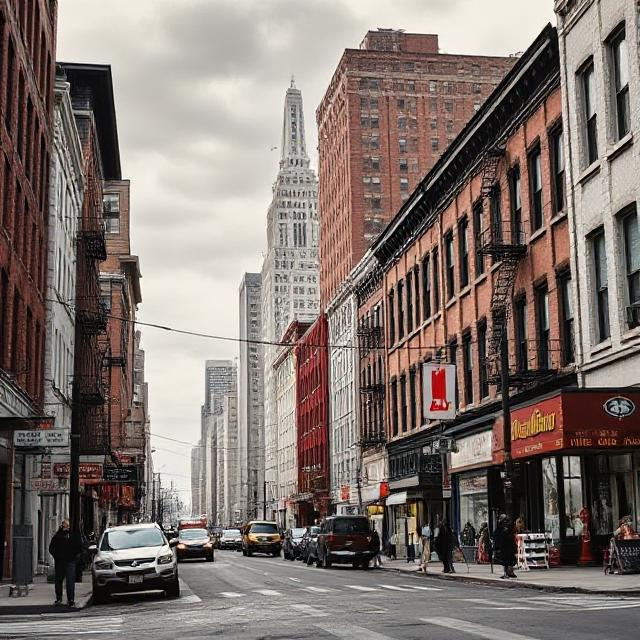American urban history is a complex tapestry woven from the threads of migration, industrialization, social change, and cultural evolution. From the founding of early colonial towns to the sprawling metropolises of today, cities have played a pivotal role in shaping the American experience. This article explores the key developments, challenges, and transformations in American urban history, highlighting significant periods and events that have defined urban life in the United States.
Colonial Beginnings
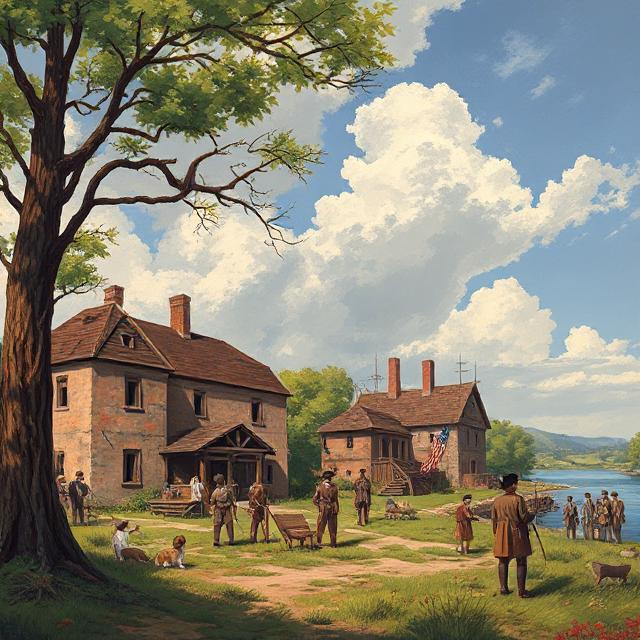
The roots of urbanization in America can be traced back to the colonial period. Early settlements such as Jamestown (1607) and Boston (1630) were established primarily as trading hubs and centers of governance. These towns were characterized by their compact layouts, with homes, markets, and public spaces designed for community interaction. The economy was largely agrarian, but the growth of trade and commerce began to lay the groundwork for future urban development.
Early Colonial Towns
In the early 17th century, colonial towns were often built around a central square or marketplace, where residents gathered for trade and social interaction. The architecture of these towns reflected European influences, with wooden structures and narrow streets. The establishment of towns was not just about commerce; it was also about creating a sense of community and identity among settlers.
By the late 17th century, cities like Philadelphia and New York emerged as significant urban centers. Philadelphia, founded by William Penn in 1682, became known for its grid layout and religious tolerance, attracting diverse populations. New York, originally a Dutch trading post, grew rapidly after the English took control in 1664, becoming a vital port city.
The 19th Century: Industrialization and Immigration
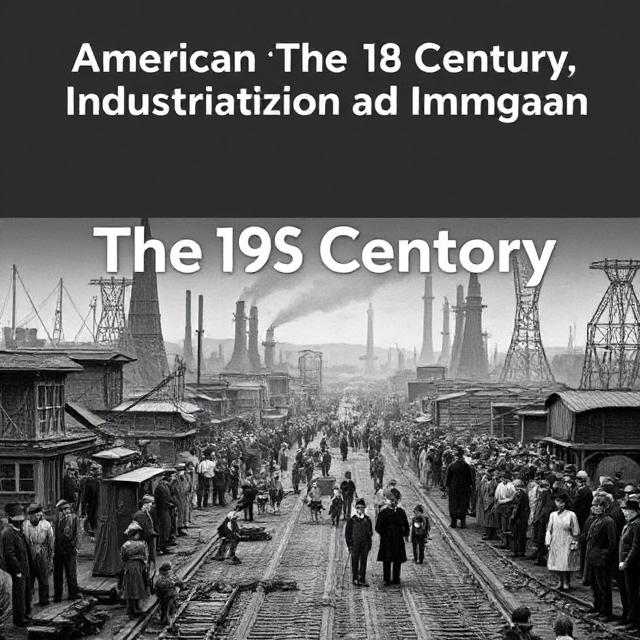
The 19th century marked a turning point in American urban history, driven by industrialization and mass immigration. The Industrial Revolution transformed the economy, leading to the rise of factories and the demand for labor. Cities became magnets for those seeking employment, drawing millions from rural areas and foreign countries.
The Rise of Factories
The establishment of factories in urban areas revolutionized production and labor. Innovations in technology, such as the steam engine and mechanized looms, allowed for mass production of goods. Cities like Pittsburgh and Detroit became synonymous with industrial power, attracting workers from various backgrounds.
Immigration played a crucial role in shaping urban demographics. Waves of immigrants from Ireland, Germany, Italy, and Eastern Europe flooded into American cities seeking better opportunities. This influx contributed to the rapid growth of urban populations, leading to overcrowding and the development of tenement housing. By the late 1800s, cities like Chicago, New York, and Boston were bustling with diverse communities, each contributing to the cultural mosaic of urban life.
Urban Challenges
As cities expanded, they faced significant challenges. Overcrowding led to inadequate housing, sanitation issues, and public health crises. The infamous cholera outbreaks of the 1830s and 1840s highlighted the dire conditions in urban areas. In response, reform movements emerged, advocating for better living conditions, sanitation, and public health measures.
The late 19th century also saw the rise of social reformers and organizations dedicated to addressing urban problems. Figures like Jane Addams and her Hull House in Chicago provided social services and education to immigrants and the poor. These efforts laid the foundation for the modern welfare state and highlighted the need for government intervention in urban affairs.
The Progressive Era and Urban Planning
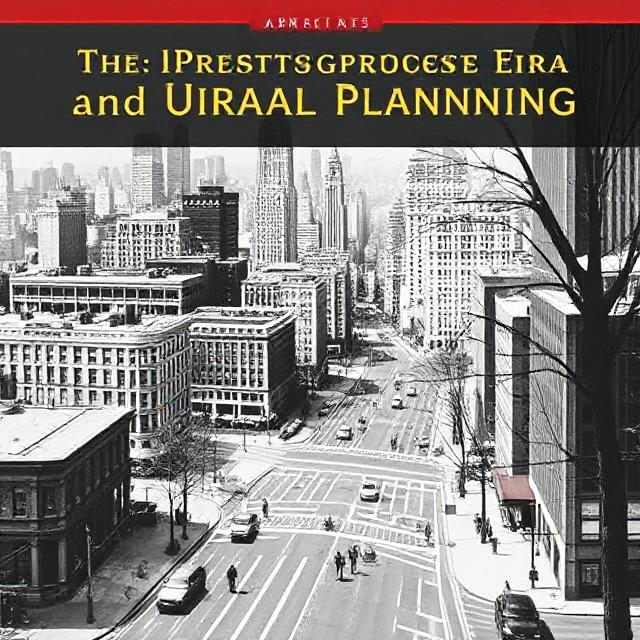
The early 20th century ushered in the Progressive Era, a time marked by social activism and political reform. Urban planners and reformers sought to address the challenges of industrial cities through innovative solutions. The City Beautiful Movement aimed to create aesthetically pleasing urban environments, emphasizing parks, public spaces, and grand architecture.
Urban Planning Innovations
Cities began to adopt zoning laws and building codes to regulate land use and improve living conditions. The 1916 Zoning Resolution in New York City was one of the first comprehensive zoning laws in the country, aimed at controlling urban growth and preventing overcrowding. Planners envisioned cities that promoted health, beauty, and civic pride.
The construction of parks, such as Central Park in New York City, reflected the belief that green spaces were essential for urban life. Designed by Frederick Law Olmsted and Calvert Vaux, Central Park provided a refuge from the bustling city, promoting recreation and relaxation for all residents.
The Great Migration and Urban Transformation
The early to mid-20th century witnessed the Great Migration, during which millions of African Americans moved from the rural South to northern cities in search of better opportunities and to escape racial discrimination. This migration profoundly transformed urban landscapes, leading to the growth of vibrant African American communities in cities like Chicago, Detroit, and New York.
The cultural impact of the Great Migration is evident in the Harlem Renaissance, a flourishing of African American art, literature, and music in the 1920s. Figures like Langston Hughes, Zora Neale Hurston, and Duke Ellington emerged during this period, contributing to a rich cultural legacy that continues to influence American society.
Post-World War II Suburbanization
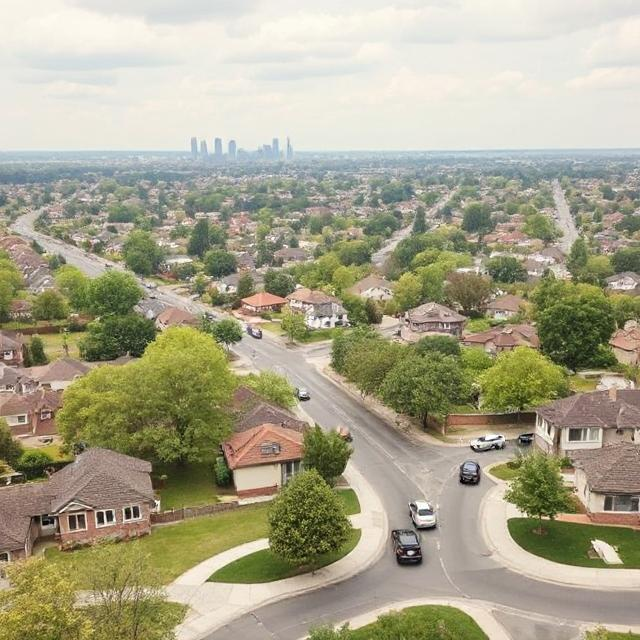
The end of World War II marked a significant shift in American urban history. Economic prosperity and the availability of affordable housing led to the rise of suburbanization. Many families moved to the suburbs in search of better living conditions, schools, and a perceived sense of safety.
The Suburban Boom
The GI Bill played a crucial role in facilitating home ownership for returning veterans, leading to the construction of new suburban developments. Communities like Levittown in New York epitomized this trend, offering affordable homes with modern amenities. Suburban life promised a sense of community, space, and a departure from the crowded urban environment.
This shift had profound implications for cities. As populations migrated to the suburbs, urban centers faced deindustrialization, leading to job losses and economic decline. Cities like Detroit and Cleveland experienced significant population declines as industries moved away or shut down altogether.
Urban Renewal and Its Consequences
In response to urban decline, the federal government initiated urban renewal programs in the 1950s and 1960s. These initiatives aimed to revitalize blighted neighborhoods through demolition and redevelopment. However, urban renewal often resulted in the displacement of low-income communities and the destruction of cultural landmarks.
The 1960s also saw the rise of the Civil Rights Movement, which highlighted the systemic inequalities faced by African Americans in urban areas. Activists fought for equal rights, access to housing, and better living conditions. The movement led to significant legislative changes, including the Civil Rights Act of 1964 and the Fair Housing Act of 1968, aimed at combating discrimination.
The Late 20th Century: Urban Decline and Revitalization
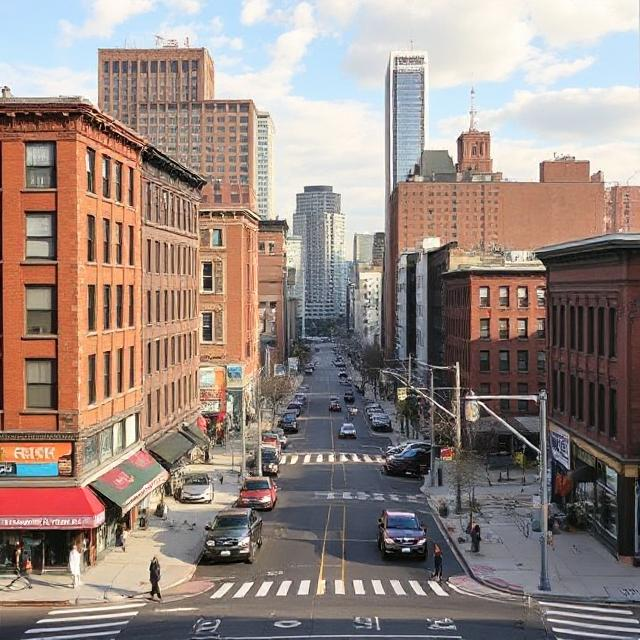
The late 20th century was marked by both challenges and revitalization efforts in American cities. Many urban areas faced economic decline, crime, and social unrest. However, grassroots movements and community organizations emerged to advocate for change.
Community Activism
In the 1980s and 1990s, cities began to implement revitalization strategies, focusing on attracting businesses, improving infrastructure, and enhancing quality of life. Initiatives like the New Urbanism movement emphasized walkable neighborhoods, mixed-use developments, and sustainable urban design.
Community activists advocated for affordable housing, public transportation, and environmental justice. Organizations like ACORN worked to empower low-income residents and fight against displacement. These grassroots efforts played a vital role in shaping urban policies and promoting social equity.
Gentrification and Its Impact
As cities revitalized, gentrification became a prominent issue. Wealthier individuals and developers moved into historically low-income neighborhoods, leading to rising property values and rents. While gentrification brought investment and improvements, it also displaced long-time residents and altered the cultural fabric of communities.
Cities like San Francisco, New York, and Washington, D.C., experienced significant gentrification, sparking debates about affordable housing, social equity, and community preservation. Activists and policymakers continue to grapple with the challenges of balancing development with the needs of existing residents.
The 21st Century: Urban Resilience and Innovation
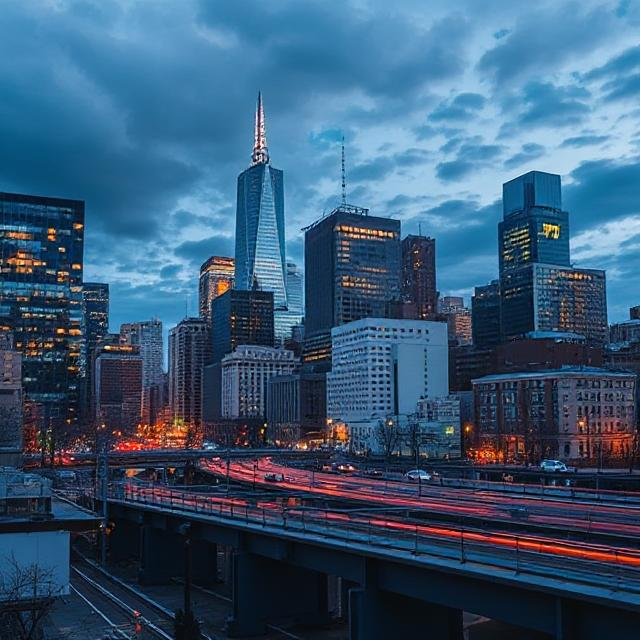
In the 21st century, American cities face new challenges and opportunities. Issues such as climate change, economic inequality, and public health crises have prompted cities to adopt innovative solutions. Urban resilience strategies focus on adapting to environmental changes, promoting sustainability, and enhancing community well-being.
Climate Adaptation and Sustainability
Cities are increasingly recognizing the importance of sustainability in urban planning. Initiatives aimed at reducing carbon footprints, enhancing public transportation, and promoting green spaces are becoming common. Cities like Copenhagen and Portland serve as models for sustainable urban development, emphasizing bike-friendly infrastructure and renewable energy.
The COVID-19 pandemic has further highlighted the importance of urban planning and public health. Cities have reimagined public spaces, prioritized outdoor dining, and invested in green infrastructure to promote health and well-being. The pandemic has also accelerated the adoption of remote work, leading to changes in commuting patterns and urban design.
Social Equity and Community Engagement
As cities evolve, the focus on social equity and community engagement has gained prominence. Policymakers are increasingly recognizing the need to involve residents in decision-making processes. Community-led initiatives aim to address disparities in housing, education, and access to services.
Cities are also exploring strategies to address homelessness and affordable housing shortages. Innovative approaches, such as tiny home villages and supportive housing programs, are being implemented to provide shelter and support for vulnerable populations.
Conclusion
American urban history is a dynamic narrative shaped by the interplay of social, economic, and cultural forces. From colonial beginnings to the challenges of the present, cities have evolved as centers of innovation, diversity, and resilience. As urban areas continue to adapt to changing circumstances, understanding their history is essential for envisioning a more equitable and sustainable future.


